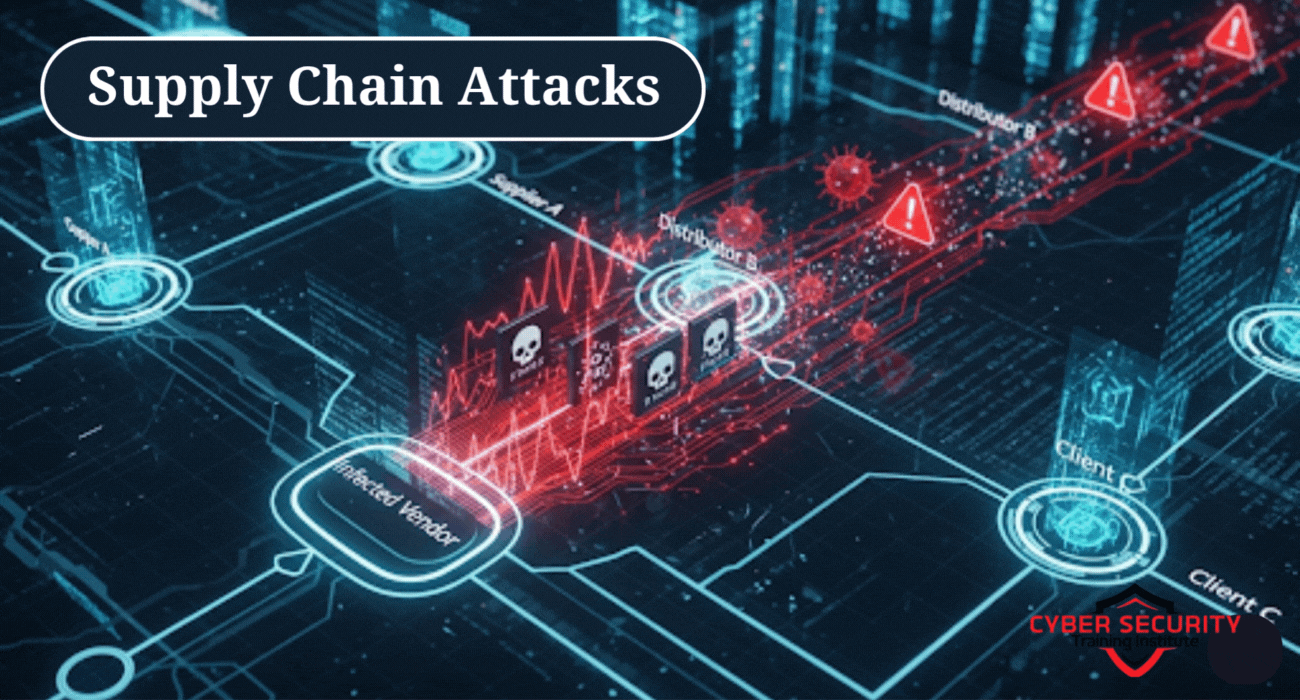What Are the Biggest AI-Driven Cybersecurity Startups to Watch in 2025?
Discover the AI-native cybersecurity companies that are defining the future of digital defense in 2025. This in-depth article moves beyond the hype to analyze the key startups and market leaders whose technology is built on a foundation of artificial intelligence and machine learning. We provide a detailed look at four of the most important companies to watch: SentinelOne, with its autonomous endpoint protection; Darktrace, with its self-learning enterprise immune system; Vectra AI, with its focus on post-compromise threat detection in hybrid clouds; and Abnormal Security, with its behavioral approach to stopping cloud email attacks. The piece features a comparative analysis that breaks down the unique AI focus and key differentiators of each company. It also includes a localized perspective on the burgeoning AI cybersecurity startup scene in Pune, India, a growing hub for tech innovation. This is an essential read for CISOs, investors, and technology leaders looking to understand the companies and the AI-driven, proactive security paradigms that are at the forefront of the fight against next-generation cyber threats.
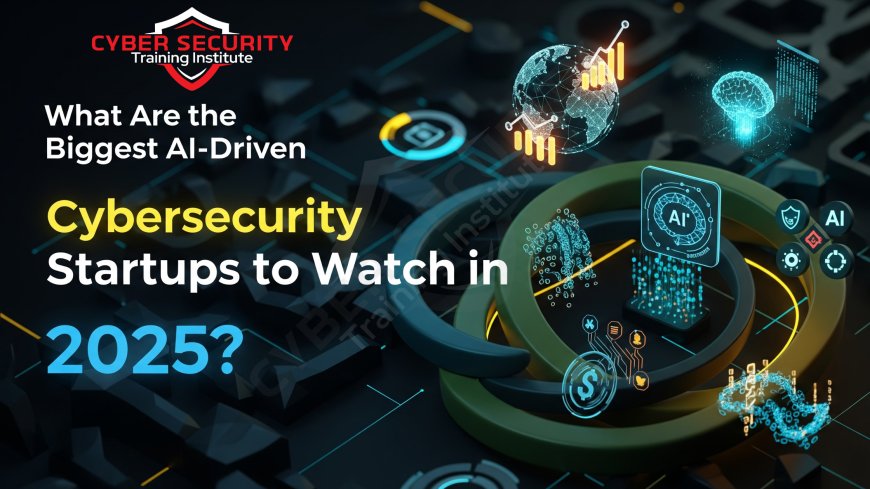
Introduction: The AI Arms Race and the New Vanguard
The cybersecurity landscape of 2025 is being defined by a relentless AI arms race. For every new AI-powered threat that emerges, a new generation of defenders is rising, armed with their own sophisticated algorithms and predictive models. The era of reactive, signature-based security is definitively over. Today, enterprise customers and venture capitalists alike are focusing on a new breed of "AI-native" security companies—startups and recently public companies that were built from the ground up with machine learning at their absolute core. These are the organizations pioneering the shift from a defensive posture of "detect and respond" to a proactive one of "predict and prevent." This article highlights four of the most significant AI-driven cybersecurity companies to watch in 2025, exploring how their unique approaches to AI are shaping the future of defense for the endpoint, the network, and the cloud.
SentinelOne: The Autonomous Endpoint Revolution
SentinelOne has firmly established itself as a leader by championing the concept of autonomous endpoint security. In a world of hybrid work where the endpoint is the new perimeter, their approach is particularly resonant. The company's core innovation is a single, lightweight software agent that deploys a powerful suite of AI models directly onto the endpoint device itself.
This is a critical distinction: unlike many other solutions that need to send data to the cloud for analysis, SentinelOne's agent can make real-time, on-device decisions to stop threats. Its patented behavioral AI and static AI engines analyze file characteristics and process behaviors to detect and block even never-before-seen, zero-day attacks as they happen. If a threat does execute, the AI can instantly kill the process, quarantine the endpoint from the network to prevent lateral movement, and even remediate the attack by rolling back any malicious changes. This on-device autonomy makes it incredibly effective even when a device is offline. In 2025, SentinelOne is a key player to watch as it continues to expand its "Singularity" platform from a pure Endpoint Detection and Response (EDR) tool into a comprehensive eXtended Detection and Response (XDR) platform, using AI to ingest and correlate data from identity, cloud, and network sources.
Darktrace: The Enterprise Immune System
Darktrace's approach to cybersecurity is fundamentally different from traditional methods. Instead of looking for known threats, their platform is built on the concept of a self-learning "Enterprise Immune System." The core of their technology is an unsupervised machine learning engine that is deployed inside an organization's network. It then spends a period of time passively observing all user and device activity to learn the unique, nuanced "pattern of life" for that specific organization.
It understands who normally talks to whom, what servers are typically accessed, what data is usually transferred, and at what times. Once this complex baseline is established, the AI's sole job is to identify any deviation from that norm. It can spot the subtle signs of a compromise—a user's credential suddenly being used from a new location, a server making a strange outbound connection—that would be invisible to rule-based systems. In 2025, the company's "ActiveAI" technology is a key differentiator, as it not only detects these anomalies but can take precise, autonomous action to neutralize the threat in real-time. For example, it might enforce a user's normal "pattern of life," allowing them to continue working while blocking the specific anomalous connection, thereby stopping a threat without disrupting the business.
Vectra AI: AI-Driven Threat Detection for the Hybrid Cloud
Vectra AI operates under the pragmatic assumption that prevention will eventually fail and that sophisticated attackers are likely already inside the network. Their entire platform is therefore focused on one thing: finding the attacker post-compromise. Their AI models are not designed to find generic anomalies, but rather to pinpoint the specific Tactics, Techniques, and Procedures (TTPs) that attackers use once they have established a foothold.
By monitoring traffic across the entire hybrid ecosystem—from on-premise data centers to public cloud environments like AWS, Azure, and GCP—Vectra's AI looks for the tell-tale signs of an active attack. It can identify behaviors like reconnaissance (an attacker scanning the network), lateral movement (an attacker using stolen credentials to move from one server to another), and data exfiltration. The platform's real power lies in its ability to correlate these behaviors across different domains and automatically prioritize the threats that represent the greatest risk. In 2025, as companies grapple with the immense complexity of securing their hybrid and multi-cloud environments, Vectra's ability to provide a single, unified view of attacker behavior is what makes them a critical company to watch.
Abnormal Security: The AI Solution to Cloud Email Attacks
Abnormal Security has rapidly risen to prominence by focusing on what is now the number one entry point for cyberattacks: cloud email. They recognized that traditional Secure Email Gateways were built to find known threats, like malicious attachments and phishing links, but were completely blind to modern, socially-engineered attacks like Business Email Compromise (BEC).
A BEC attack has no malicious payload; it's simply an email, often from a compromised or spoofed executive account, asking an employee to perform an action like making a wire transfer. Abnormal's AI-native platform solves this by integrating directly with cloud email APIs (like Microsoft 365 and Google Workspace) to build a behavioral baseline of all communications. It creates a complex relationship graph, understanding who in the company talks to whom, about what topics, in what tone, and at what times. It can then spot the anomalies that signal an attack: the "CFO" suddenly emailing an urgent payment request to a junior accounts clerk for the first time, using slightly different phrasing than usual. Because it analyzes dozens of signals, it can detect these payload-less attacks with incredible accuracy. In 2025, they are one to watch as they expand this powerful behavioral analysis beyond email to protect other cloud collaboration tools like Slack and Microsoft Teams.
Comparative Analysis: The AI Cybersecurity Vanguard
While these companies all leverage AI, their core focus and approach to solving the cybersecurity challenge differ significantly, providing a range of solutions for the modern enterprise.
| Company | Core AI Focus | Primary Use Case | Key Differentiator (2025) |
|---|---|---|---|
| SentinelOne | Behavioral AI on the Endpoint | Autonomous Endpoint Detection & Response (EDR/XDR) | Real-time, on-device prevention and remediation without reliance on the cloud. |
| Darktrace | Self-Learning AI (Unsupervised) | Network & Cloud Anomaly Detection | The "Enterprise Immune System" concept; learns a unique "pattern of life" for each organization. |
| Vectra AI | Attacker TTP Detection | Hybrid Cloud Threat Detection | Focus on identifying specific, post-compromise attacker behaviors, not just generic anomalies. |
| Abnormal Security | Communication Pattern Analysis | Cloud Email & Collaboration Security | Behavioral AI that detects payload-less attacks like Business Email Compromise (BEC). |
The Rise of Pune's Own AI Security Scene
While the industry giants highlighted here are global players, the trend of AI-native security is fostering a vibrant startup ecosystem right here in Pune. With its immense talent pool of both cybersecurity professionals and machine learning engineers—many of whom have trained at the large R&D centers of global security companies located in the city—Pune is becoming a hotbed for security innovation.
In 2025, we are seeing a new wave of local startups emerging from this ecosystem. These companies are not trying to compete head-on with the giants but are instead using AI to tackle specific, localized, or niche problems. For example, several Pune-based startups are now developing AI-powered security solutions specifically for securing the complex supply chains of the automotive and manufacturing industries, a dominant part of the regional economy. Others are building AI-driven security platforms tailored to the unique needs and cost constraints of India's massive Small and Medium-sized Enterprise (SME) market. These local innovators are a critical part of the global defense ecosystem, proving that the AI security revolution is happening everywhere, including right here in our own backyard.
Conclusion: The Future is Proactive and AI-Native
The cybersecurity startups and market leaders that are defining the landscape in 2025 share a common DNA: they are fundamentally AI-native. For them, AI is not a marketing buzzword or a bolt-on feature; it is the very foundation upon which their technology is built. Whether it is operating autonomously on an endpoint, learning the pattern of life of a network, identifying attacker behaviors in the cloud, or understanding the nuances of human communication, the core principle is the same. They represent a decisive shift away from a reactive, signature-based past toward a proactive, predictive future. Watching the trajectory of these companies is more than just a matter of market analysis; it is a preview of the future of our collective digital defense.
Frequently Asked Questions
What does "AI-native" mean in cybersecurity?
An "AI-native" company is one whose core product and architecture were designed from the very beginning to be centered around AI and machine learning, as opposed to an older company that adds AI features to a pre-existing, traditional product.
What is the difference between EDR and XDR?
EDR (Endpoint Detection and Response) focuses on collecting and analyzing data from endpoints (like laptops and servers). XDR (eXtended Detection and Response) is the evolution of EDR, integrating data from many more sources, such as network, cloud, email, and identity systems, to provide a more unified view of a threat.
What is unsupervised machine learning?
Unsupervised learning is a type of AI where the model is not given pre-labeled data. Instead, it learns on its own by observing the data and identifying patterns and anomalies within it. Darktrace's "immune system" is a prime example of this.
What is Business Email Compromise (BEC)?
BEC is a sophisticated scam that targets businesses. The attacker typically impersonates a high-level executive (like the CEO) or a vendor to trick an employee in the finance department into making a wire transfer to a fraudulent account. These attacks often contain no malicious links or attachments.
What are Attacker TTPs?
TTP stands for Tactics, Techniques, and Procedures. It's a framework (like MITRE ATT&CK) used to describe and categorize the behavior of cyber attackers. Security tools like Vectra AI focus on detecting these specific behaviors.
What is a "payload-less" attack?
A payload-less attack is one that does not rely on a malicious file or link (the "payload"). Instead, it uses social engineering and deception, like a BEC email, to achieve its objective. These are invisible to traditional email security filters.
Why is hybrid work such a big security challenge?
Because it dissolves the traditional network perimeter. Every employee's home network and device becomes a potential entry point for an attacker, making strong security on the endpoint itself (EDR) absolutely critical.
What is an "autonomous agent" in endpoint security?
An autonomous agent, like SentinelOne's, is a piece of software on the endpoint that can detect and respond to a threat on its own, without needing to communicate with a central cloud server for instructions. This allows it to work even if the device is offline.
How can a startup in Pune compete with these large global companies?
By focusing on niche markets or specific regional problems. For example, a Pune startup can leverage its local knowledge to build a better AI-powered security tool for the Indian manufacturing sector or the SME market than a global company could.
What is NDR (Network Detection and Response)?
NDR solutions continuously monitor network traffic to detect suspicious behavior, anomalies, and active threats that may have bypassed perimeter defenses. Darktrace and Vectra AI are leading players in this space.
What does "remediation" mean in cybersecurity?
Remediation is the process of reversing the damage caused by a cyberattack. In the context of SentinelOne, this can include automatically deleting malicious files and rolling back changes made by ransomware.
What is a "behavioral baseline"?
It is a profile of the normal, everyday activity of a user, device, or network, created by an AI by observing it over time. This baseline is then used to spot any abnormal activity that could indicate a threat.
Why is cloud email so hard to secure?
Because attackers can use compromised credentials to log in and send malicious emails from a legitimate, trusted internal account, which bypasses all traditional sender verification and reputation checks.
Are these companies only for large enterprises?
While they started by focusing on large enterprises, many of these companies now offer solutions that are scaled and priced for mid-sized businesses as well, often through Managed Security Service Providers (MSSPs).
What does "post-compromise detection" mean?
It is a security strategy that assumes an attacker has already breached the initial defenses (the "compromise") and focuses on finding their malicious activity inside the network before they can achieve their final goal.
What is a "threat actor"?
A threat actor, or malicious actor, is a person or group that is responsible for a threat. This can range from an individual hacker to a criminal organization or a nation-state.
What is a "zero-day" attack?
A zero-day attack is one that exploits a software vulnerability that is unknown to the software vendor and the security community. AI-powered behavioral analysis is one of the only effective ways to stop these attacks.
How does AI help with "alert fatigue"?
Traditional security tools generate thousands of low-quality alerts. AI helps by correlating events and automatically investigating them, only bubbling up the handful of high-confidence, prioritized incidents that require human attention, thus reducing "alert fatigue" for security teams.
What does "unsupervised" mean in Darktrace's AI?
It means the AI learns what is normal for a specific network on its own, without being pre-trained on a generic dataset of "good" or "bad" behavior. This allows it to adapt to any unique environment.
What is the biggest trend to watch in this space?
The biggest trend is the convergence of these different tools into unified XDR platforms. Companies are moving away from having separate tools for endpoint, network, and cloud, and towards a single platform that uses AI to correlate data from all sources.
What's Your Reaction?
 Like
0
Like
0
 Dislike
0
Dislike
0
 Love
0
Love
0
 Funny
0
Funny
0
 Angry
0
Angry
0
 Sad
0
Sad
0
 Wow
0
Wow
0






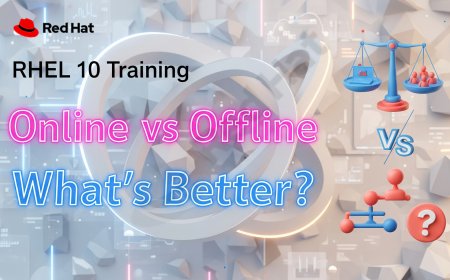
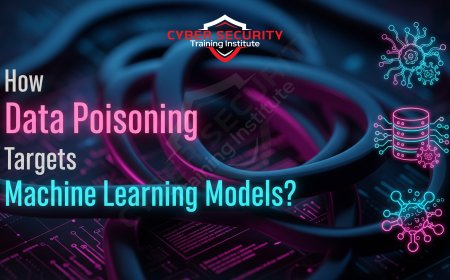

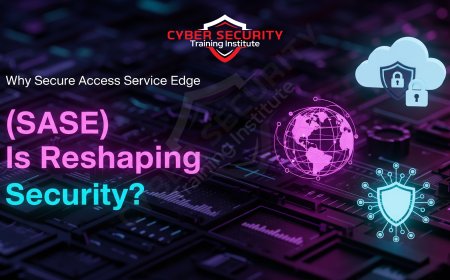
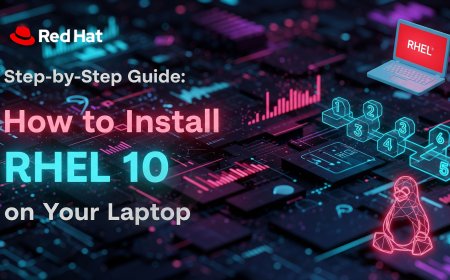
![How to Install RHEL 10 on VMware/VirtualBox [Tutorial]](https://www.cybersecurityinstitute.in/blog/uploads/images/202509/image_430x256_68b56dc967a4a.jpg)


